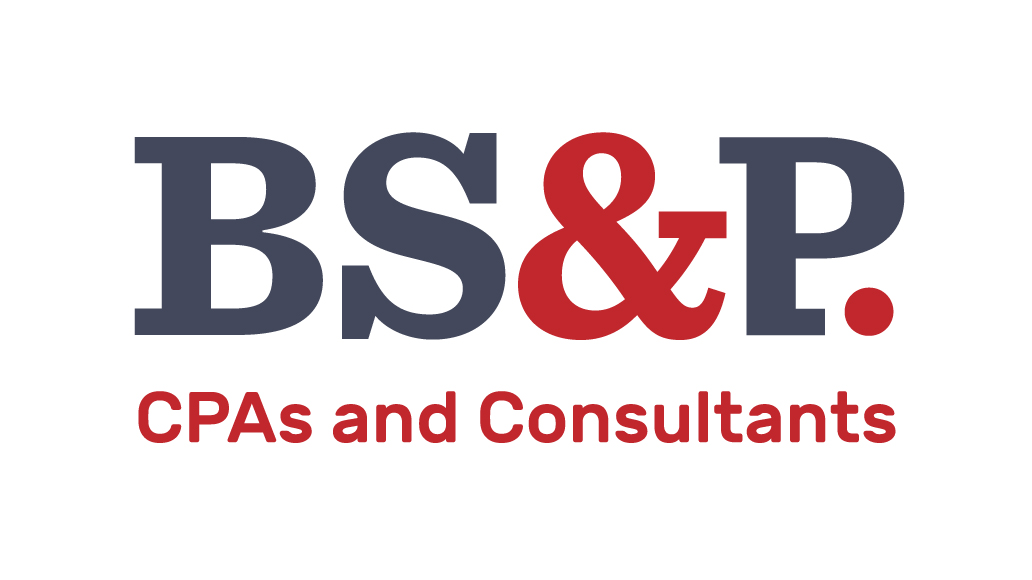Thinking about retirement in the coming years? Here are some helpful tools to help you prepare and plan better. According to the Social Security Administration, the benefit for social security will increase 3.2 percent in 2024.
Back in 2019, the Secure Act was signed into law, which had a slew of changes for those nearing retirement. In 2022, the Secure Act 2.0 was signed into law, which brought more changes to those thinking of retirement. The Secure Act 2.0 contained provisions to build on improvements to the retirement system already put in place by the Secure Act.
The new changes are as follows:
- Employers who start new retirement plans will be required to automatically enroll employees in their 401(k) plan at a rate of at least 3%, but no more than 10%, beginning in 2025. There are some exclusions.
- The required minimum distributions (RMD) age will increase from 72 to 73 in 2023, then in 2033, it will increase to age 75. The penalty associated for not taking an RMD will be reduced from 50% to 25%.
- For employees 50 and older, they can contribute an extra $7,500 annually to their 401(k) account. In 2025, this amount will increase to $10,000 for people ages 60-63.
- In 2024, student loan payments could count as retirement contributions for the purpose of qualifying for employer matching contributions.
There are other ways to save for retirement if your employer does not sponsor a qualified plan such as a 401(k). The main option is an Individual Retirement Account (IRA). There are two types or IRAs:
- Traditional IRA – this type of IRA generally provides a current tax deduction for your contribution. Your account earnings grow tax-deferred, but you are subject to ordinary income taxes when you make withdrawals from the account. Traditional IRAs are subject to RMD rules.
- Roth IRA – this type of IRA does not provide a tax deduction for contributions. Withdrawals of contributions and earnings thereon are tax-free as long as the account owner has reached the age of 59½ and the account has been open for five years. Roth IRAs are not subject to RMD rules.
There are certain jobs with specific rules when it comes to retiring and obtaining Social Security benefits. For example, if you are entitled to a pension, this could reduce your monthly Social Security benefit. There are two reductions to Social Security benefits:
- Retirement and Disability benefit reduction – this reduction would occur if you have not paid Social Security taxes for at least 30 years of “substantial earnings”. This is considered the Windfall Elimination Provision.
- Spouse or Survivor benefit reduction – this reduction could reduce your Social Security benefits by two-thirds of your pension amount. This reduction is referred as the Government Pension Offset.
Fast forward – and you are now ready to retire. When do you apply for Social Security benefits? You can time the first payment to avoid a gap in income. Your first check will arrive the month after the one you select in your application, and you can apply any time up to four months before you want your first check. For instance, if you would like to receive your first Social Security benefit check in April, then you would select March as the first benefit payment in your application and you could apply as early as the previous November.
Written by Taylor Clark, Senior Accountant
